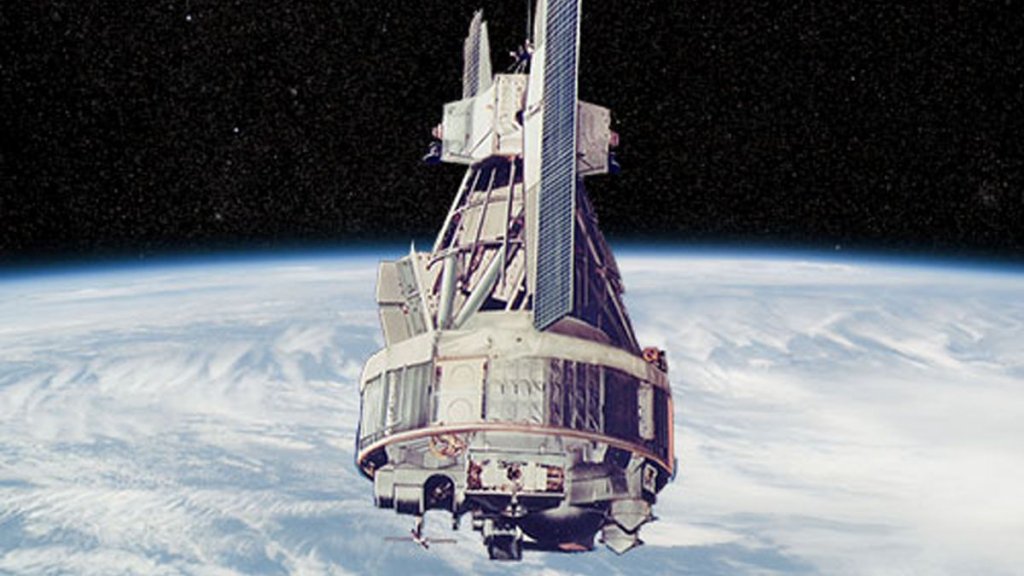On April 13, 1969, NASA launched a new weather satellite called Nimbus 3. This was the third in a series of second-generation research and development satellites NASA launched to test new technologies for weather forecasting.
Nimbus 3 had an infrared spectrometer that allowed it to record temperatures throughout the Earth’s atmosphere. It could also detect electromagnetic radiation in a whole spectrum of wavelengths, which helps scientists determine the structure of the atmosphere.
(opens in new tab)
The satellite also had cameras that provided real-time images of cloud coverage. Nimbus 3 launched on a Thor-Agena rocket from Vandenberg Air Force Station in California and entered a polar orbit.
Two months later, one of its instruments failed. After more of them broke down, NASA terminated the mission in 1972.
On This Day in Space Archive!
Still not enough space? Don’t forget to check out our Space Image of the Day, and on the weekends our Best Space Photos and Top Space News Stories of the week.
Follow us @Spacedotcom and on Facebook.

